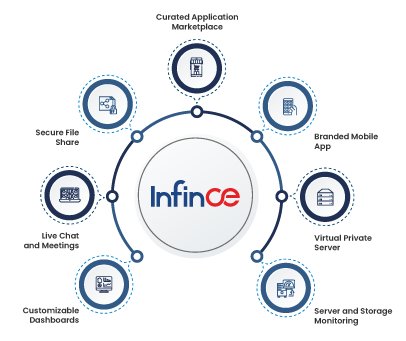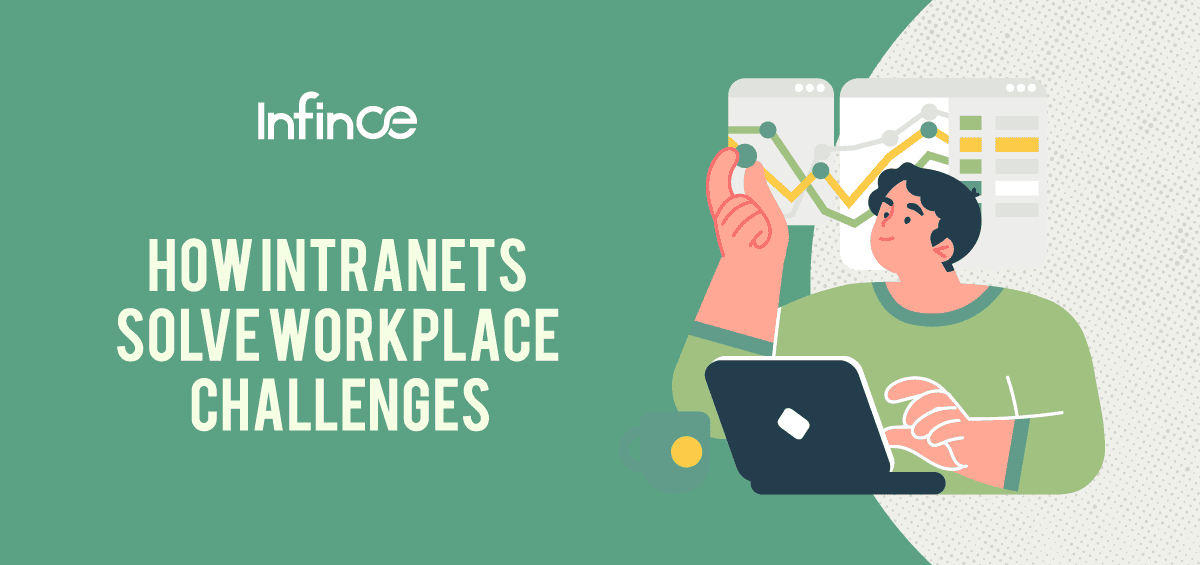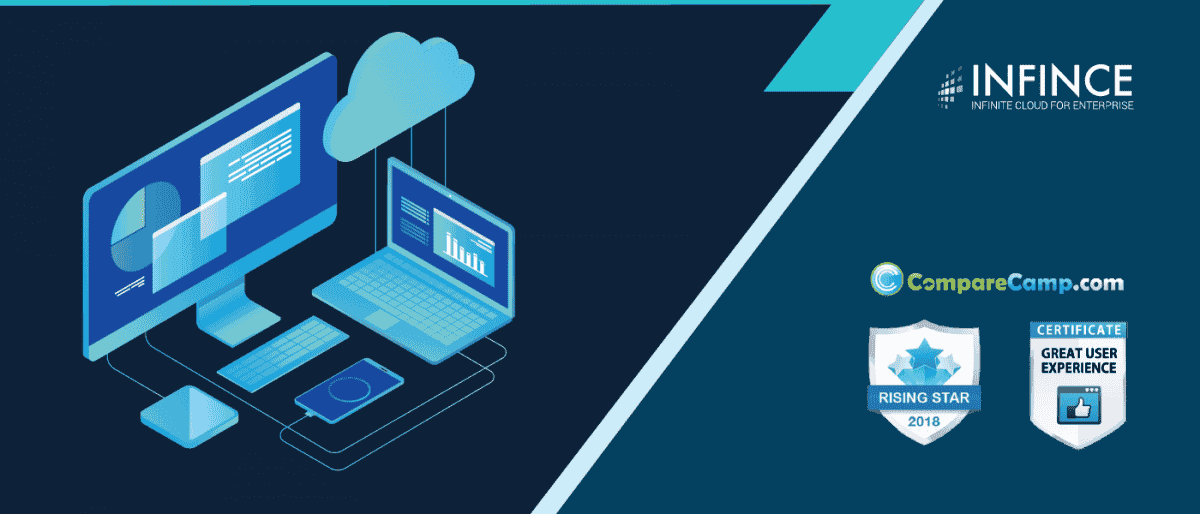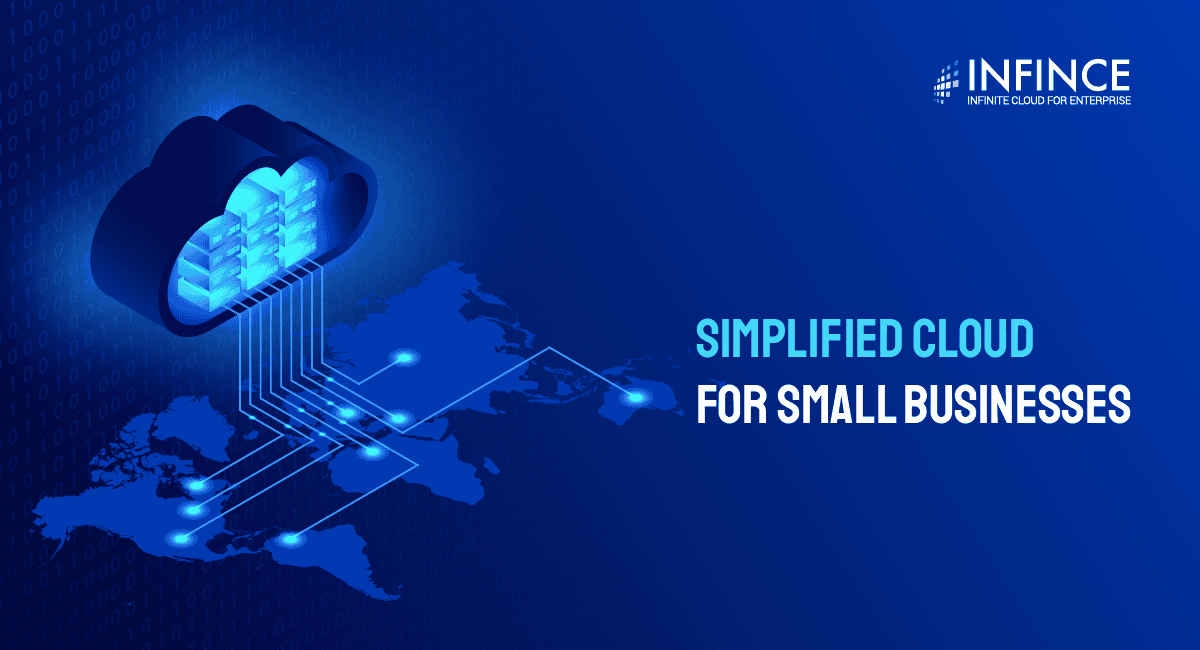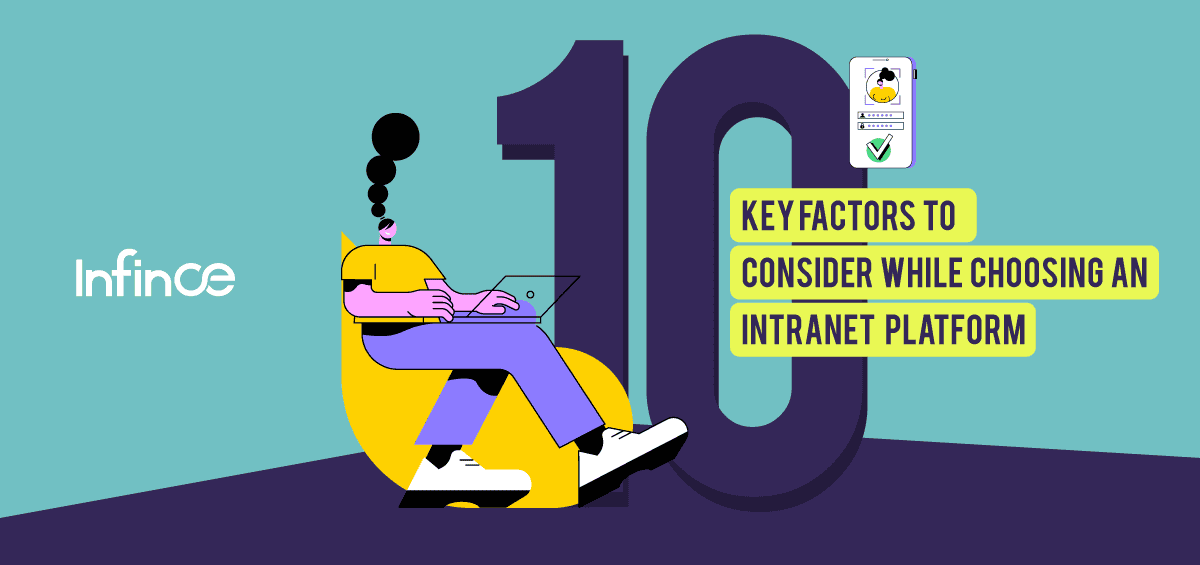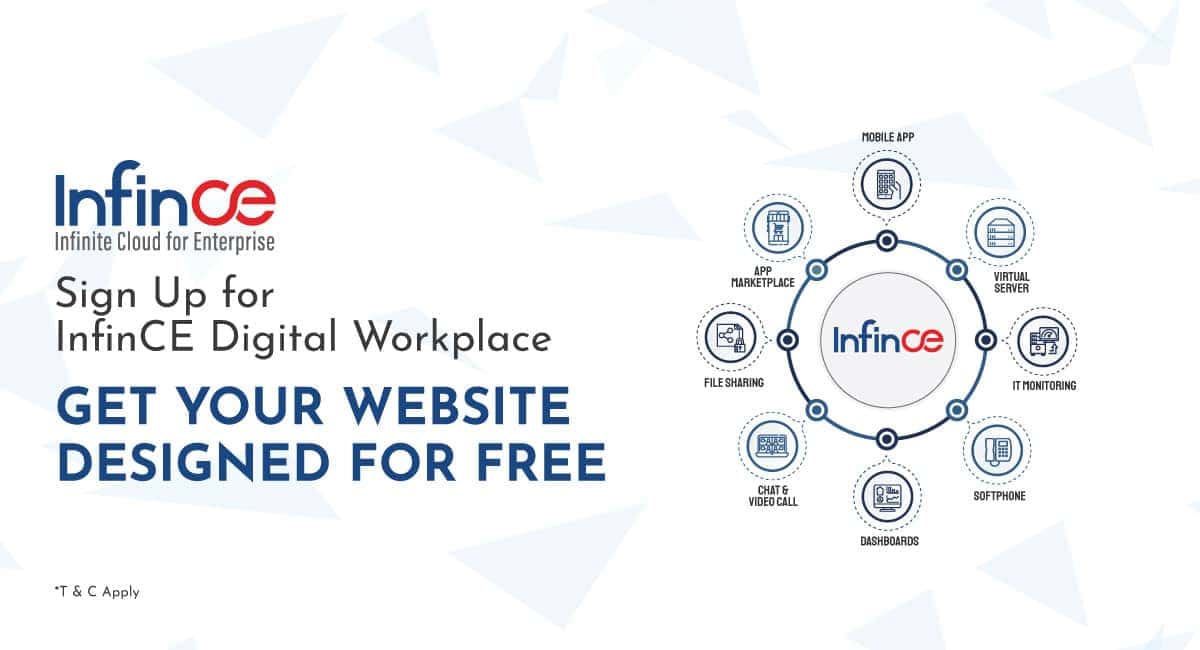War: Should you go with AWS or Azure to build your apps?
Recently, businesses are in a frenzy to spruce up their technology capabilities to venture into new digital offerings that today’s consumers are increasingly demanding. The strain on traditional IT products and infrastructure has tipped its saturation point with extensive demand for unlimited scaling capacity and robustness. This has led to several innovative development paradigms that shift the technology load from in-house teams and infrastructure to ready-to-deploy offerings in the cloud. One such initiative is a
Related Reading: 5 Advantages of Adopting a Cloud-Native Technology Infrastructure
The biggest advantage of going for a serverless architecture for application development is the speed and scalability it offers to engineers to build enterprise management systems as opposed to the traditional software development models, where it takes a long time to develop enterprise applications. Moreover, using a cloud-based server gives you geo-location-based advantages of faster user experience and lowered cost of operations and remaining compliant to regulatory authorities with regards to data security policies in a new market.
Now that the competitive advantage of utilizing a serverless architecture for application development is explained, it is time to pick a platform to build your own. There are several leading players in the market for serverless computing but the biggest battles are often fought between Amazon and Microsoft with their “Lambda” and “Azure Functions” offerings respectively. So how do you pick a winner from these two titans? For a realistic evaluation, let us have a look at how these two offerings fare with the 3 most vital parameters of a serverless architecture namely:
- Developer Support
- Performance
- Cost
Let’s examine each in detail to see who comes out on top in becoming the preferred choice for serverless architecture-based development.
Developer Support
This is an area that your technical workforce will be more concerned about. Both these platforms offer support for a wide variety of programming languages even though Azure has more focus on Microsoft’s own line-up of programming languages in addition to JavaScript, PHP, Python, and languages compiled along with it. AWS, on the other hand, offers a more comprehensive language support capability that includes Java, Python, Microsoft’s own language families, PHP, and much more.
Being in a state of continuous evolution, both providers will add support to newer programming languages in the future and the slight advantage that AWS has here may wear off over time or remain just marginally above Azure. As for support from the providers with tips and guidance in developing applications using the
Related Reading: 5 Expert Tips for Effective Cloud Migration
Performance
Large enterprise application suites, when developed on a cloud-based
Cost
No matter how advanced a digital solution or technology innovation may seem to be, the ultimate choice for a business to investing in any technology will see a major influence coming from the pricing side of the solution.
It is hard to offer a solid conclusion of who wins this battle of serverless computing providers as the differences are very marginal. Ideally, everything boils down to which development environment an organization feels more comfortable to use. Either way, if your core business is not technology development, it is advisable to trust a reliable cloud partner to help build your technology ecosystem on the cloud utilizing the best practices of cloud deployment which includes serverless architecture. This is where enterprises can trust reliable cloud platforms like Infince to build world-class enterprise applications in a cost-effective way. Get in touch with us to know more.






